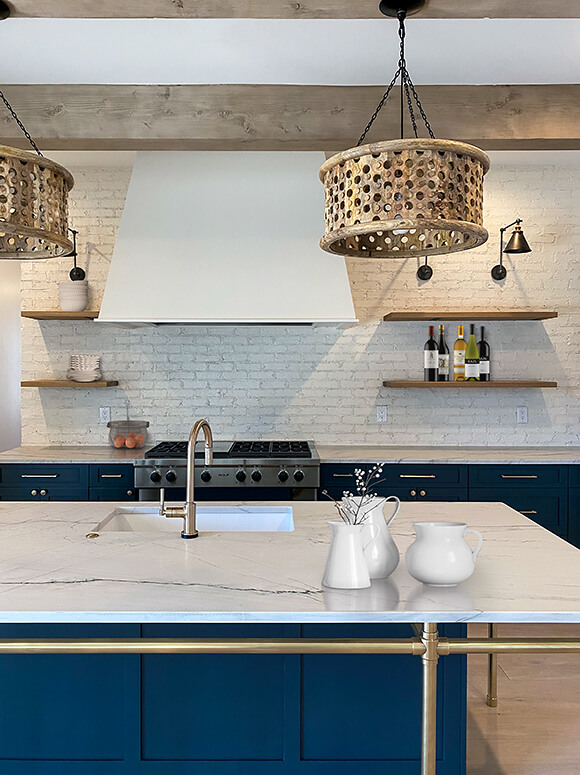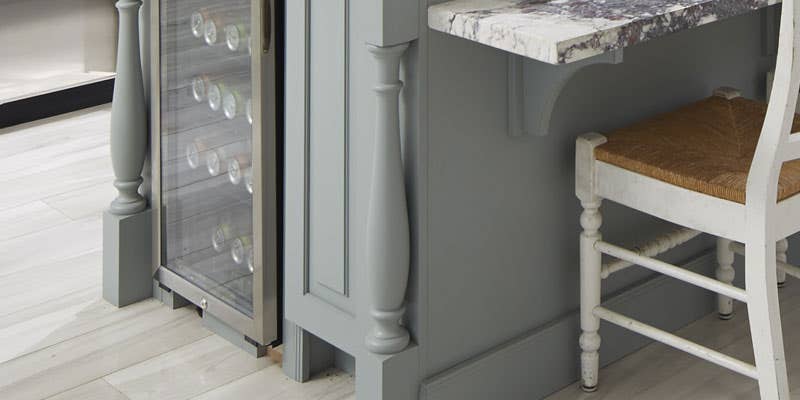Include Security and Charm with Tough Legs For Kitchen Island Installations
Include Security and Charm with Tough Legs For Kitchen Island Installations
Blog Article
An Overview to Choosing the Perfect Legs For Kitchen Area Island for Your Home
Selecting the perfect legs for your kitchen island is a nuanced choice that affects both the capability and visual appeal of this main space. Factors such as elevation, products, and style play a crucial function in harmonizing your island with the general cooking area design. Furthermore, understanding the value of stability and upkeep can dramatically affect your option. As you take into consideration these elements, it becomes evident that the appropriate legs can change not only the look of your cooking area yet also its use for years to come. What certain attributes should you prioritize in this selection process?

Comprehending Cooking Area Island Legs
When choosing legs for a cooking area island, it's vital to understand their aesthetic and practical roles in the general layout. The legs serve as a vital support group, guaranteeing security and sturdiness for the island, which usually works as an office, eating area, or gathering area. Therefore, the choice of material and building strategy have to be robust sufficient to withstand daily use and possible wear.
Along with their architectural duties, legs contribute significantly to the island's visual appeal. They can improve the kitchen area's style, whether with standard, modern, or diverse styles. The elevation and percentage of the legs are likewise important factors to consider; they have to integrate with the island's kitchen counter elevation while making certain comfy seating for those making use of the room.
Additionally, the leg layout can affect the general flow of the kitchen. Open, airy leg designs can develop a feeling of lightness, while solid, considerable legs may convey a more based and steady visual - Legs For Kitchen Island. Understanding these visual and practical aspects will direct homeowners in making educated selections that match their kitchen area's design and boost its use
Popular Styles and Materials
The selection of legs for a kitchen island incorporates a range of popular designs and products, each offering distinct characteristics that can boost both performance and aesthetics. Amongst one of the most popular designs are contemporary, rustic, and traditional. Contemporary legs often include sleek, minimal styles that stress simplicity and tidy lines, making them suitable for modern cooking areas. Rustic styles, on the various other hand, embrace all-natural elements and usually showcase recovered timber or distressed coatings, adding heat and charm to the area. Traditional legs commonly exhibit luxuriant details and workmanship, enhancing classic kitchen designs.

Elevation and Security Considerations

Stability is another crucial consideration. The legs of the cooking area island must offer adequate assistance, guaranteeing that the framework can stand up to daily usage without shifting or tottering. Material option plays a significant duty in stability; steel legs, as an example, often tend to use greater toughness compared to timber. Additionally, making sure that the island is securely secured to the flooring or wall can improve stability, especially for bigger islands that may birth significant weight.
Matching Your Kitchen Area Visual
Selecting the best legs additional reading for your kitchen area island goes past functionality; it likewise plays a substantial role in the overall aesthetic of the area. When picking legs, consider the design style of your kitchen area. For a modern appearance, streamlined steel or minimal designs can create a clean, modern vibe. On the other hand, rustic or typical cooking areas frequently take advantage of wooden legs with elaborate outlining or a distressed surface, improving heat and character.
Legs that match or contrast with your island's surface area and bordering cabinetry can develop visual harmony or striking focal factors. Additionally, take into consideration the surface of the legs; matte, glossy, or distinctive surfaces can significantly influence the general feeling of the kitchen area.
Installation and Upkeep Tips
Installing cooking area island legs needs careful focus to detail to make certain both stability and visual charm. Begin by Web Site picking an appropriate area for your island, ensuring it is degree and has sufficient room for motion. If you are affixing the legs to a wall surface or utilizing braces for added support, use a stud finder to locate wall studs. Mark the placement of the legs properly before boring.
When securing the legs, utilize high-quality screws and, if required, timber adhesive for additional strength. For metal legs, make sure that you are making use of appropriate anchors and devices to avoid damage to your flooring. It is recommended to examine for levelness after installment, making adjustments as needed to avoid wobbling.
Tidy the legs with an ideal cleaner, staying clear of rough materials that may damage the surface area. By complying with these installation and upkeep ideas, you can guarantee that your kitchen island legs continue to be both visually enticing and practical.
Verdict
In verdict, choosing the appropriate legs for a cooking area island requires cautious consideration of elevation, stability, and aesthetic compatibility. Eventually, thoughtful leg selection plays an essential role in raising both the functionality and design of the kitchen space.
When choosing legs for a kitchen area island, it's crucial to comprehend their visual and practical duties in the general layout. Open, airy leg styles can develop a feeling of agility, while strong, considerable legs might share an extra based and stable visual. The legs of the cooking area island should offer sufficient support, guaranteeing that the framework can stand up to daily use without tottering or shifting.Setting up kitchen island legs requires mindful attention to detail to make certain both stability and visual appeal.In conclusion, picking the suitable legs for a kitchen island necessitates mindful consideration of height, security, and visual compatibility.
Report this page